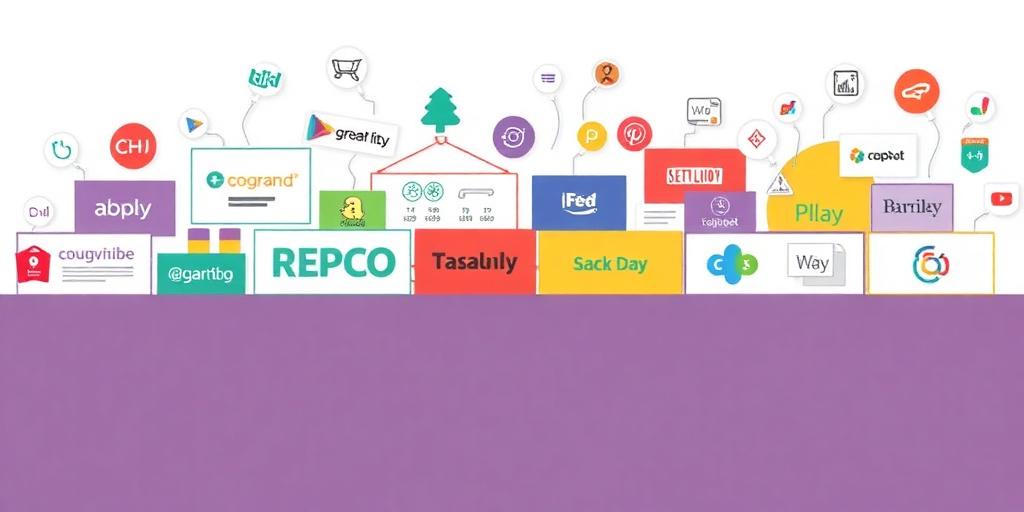In our increasingly digital world, it's easy to get caught up in online interactions. Social media, instant messaging, and virtual meetings have become integral parts of our daily lives, offering convenience and connectivity. However, the importance of cultivating real-life connections should not be overlooked. These face-to-face interactions provide unique benefits that digital communication simply cannot replicate.
The Value of Face-to-Face Interactions
Real-life connections foster deeper and more meaningful relationships. When we interact in person, we can observe non-verbal cues such as body language, facial expressions, and tone of voice. These cues add layers of understanding and empathy to our conversations, helping us to connect on a more profound level. Genuine connections contribute significantly to our emotional and mental well-being. Studies have shown that strong social relationships are linked to lower rates of depression and anxiety, as well as increased self-esteem and overall happiness. Having a supportive network of friends, family, and colleagues provides a sense of belonging and security, which is essential for navigating life's challenges.
Building Stronger Relationships
To cultivate real-life connections, make a conscious effort to engage in face-to-face interactions. Schedule regular meetups with friends and family, participate in community events, or join clubs and organizations that align with your interests. Prioritize quality time with loved ones, focusing on meaningful conversations and shared experiences. Put away your phone and be fully present in the moment. When interacting with others, practice active listening, showing genuine interest in what they have to say. Ask open-ended questions and offer support and encouragement. Simple gestures such as a smile, a hug, or a handwritten note can go a long way in strengthening relationships.
Balancing Digital and Real-Life Interactions
While digital communication has its advantages, it's important to strike a balance between online and offline interactions. Use technology to enhance your real-life connections, rather than replace them. For example, you can use social media to stay in touch with friends and family who live far away, or to coordinate in-person gatherings. However, be mindful of the amount of time you spend online, and make sure to prioritize face-to-face interactions whenever possible. Set boundaries for your digital usage, such as limiting screen time before bed or designating certain times of the day for unplugging. This will help you to be more present and engaged in your real-life relationships.
Conclusion
In conclusion, while the digital age offers unprecedented opportunities for connection, it's crucial to remember the importance of cultivating real-life relationships. These face-to-face interactions provide unique benefits that digital communication cannot replicate, fostering deeper connections, improving emotional well-being, and building stronger communities. By making a conscious effort to engage in real-life interactions and striking a balance between online and offline communication, we can thrive in an increasingly digital world.








